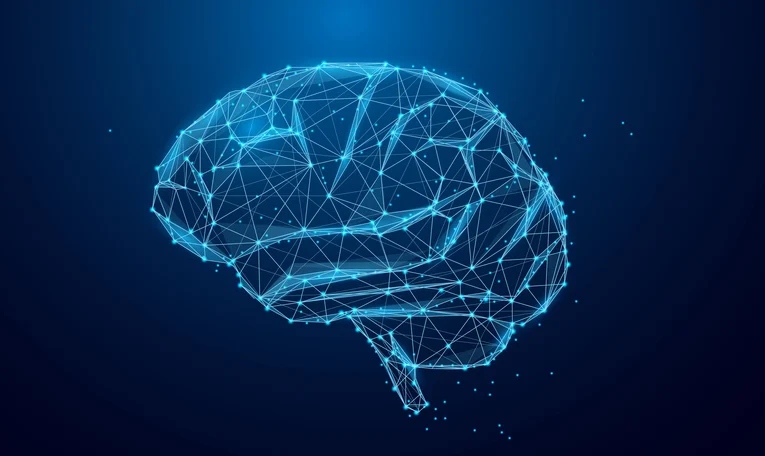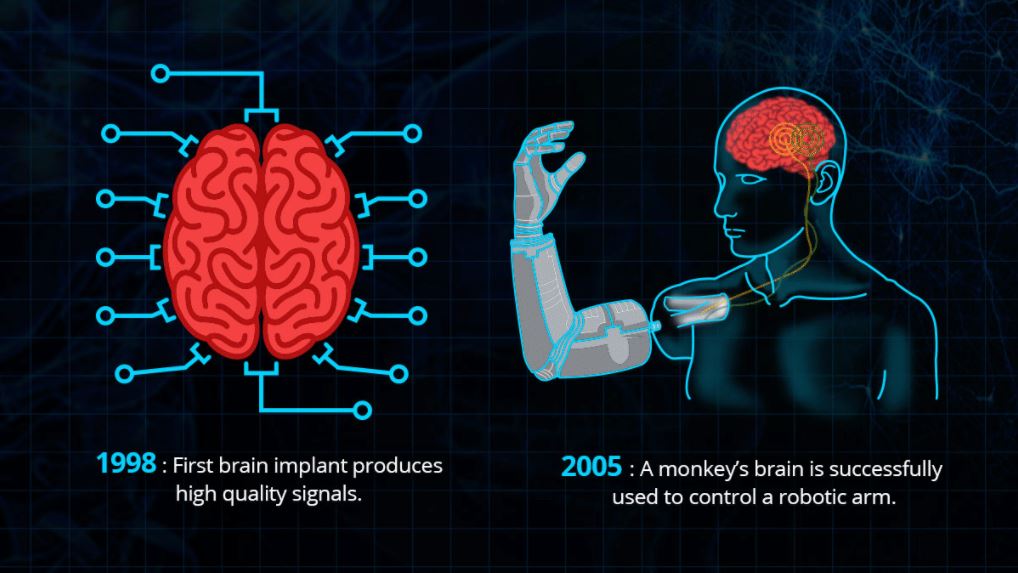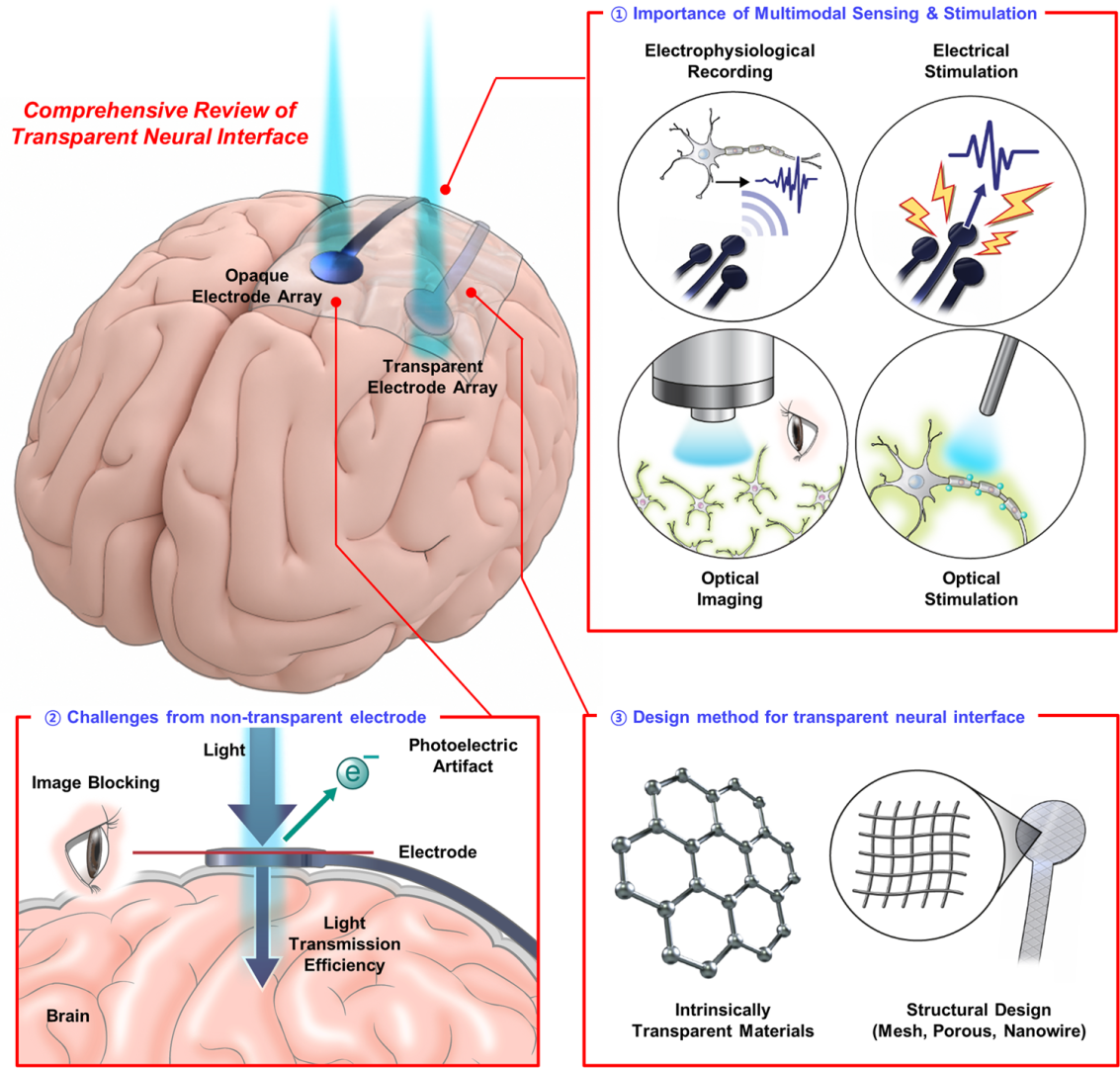Comments
- No comments found

Brain implants are devices that are surgically implanted into the brain in order to restore or enhance specific brain functions.
Neuroprosthetics, also known as neural implants or brain implants, are devices that are surgically implanted into the brain in order to restore or enhance specific brain functions. Examples of neuroprosthetic devices include deep brain stimulation (DBS) for Parkinson's disease, cochlear implants for hearing loss, and retinal implants for blindness. The field of neuroprosthetics has the potential to significantly improve the lives of individuals with neurological disorders and injuries, but there are also challenges associated with their development and implementation, such as infection risk and ethical concerns.

The primary goal of neuroprosthetics is to restore or enhance brain function in individuals with neurological disorders or injuries. These disorders can include conditions such as Parkinson's disease, epilepsy, and spinal cord injuries. Examples of neuroprosthetic devices include deep brain stimulation (DBS) for Parkinson's disease, cochlear implants for hearing loss, and retinal implants for blindness.
Deep brain stimulation (DBS) is a neurosurgical procedure in which electrodes are implanted in the brain to deliver electrical stimulation to specific regions. DBS is used primarily to treat Parkinson's disease, but it has also been used to treat other conditions such as dystonia and obsessive-compulsive disorder. The electrodes are connected to a pulse generator, which is typically implanted in the chest and programmed to deliver electrical stimulation to the brain. This stimulation can help to alleviate symptoms such as tremors and stiffness.
Cochlear implants are devices that are surgically implanted in the inner ear to provide a sense of sound to individuals with severe to profound hearing loss. The device consists of a microphone, a speech processor, and an electrode array. The microphone picks up sound, which is then processed by the speech processor and transmitted to the electrode array. The electrodes then stimulate the auditory nerve, allowing the individual to hear.
Retinal implants are devices that are surgically implanted in the eye to provide a sense of sight to individuals with retinal degeneration. These devices typically consist of an array of electrodes that are implanted in the eye and connected to a camera. The camera captures images, which are then processed and transmitted to the electrodes. The electrodes then stimulate the remaining healthy cells in the retina, allowing the individual to see.
While neuroprosthetics have the potential to improve the lives of individuals with neurological disorders and injuries, there are also challenges associated with their development and implementation. One of the primary challenges is the risk of infection, as the brain is a highly sensitive area. Additionally, there are ethical concerns related to the use of neuroprosthetics, including the potential for misuse and the impact on individual autonomy.

The field of neuroprosthetics is constantly evolving, with new technologies and advancements being developed to improve the effectiveness and safety of these devices.
Wireless technology: Wireless technology is being increasingly used in brain implants to improve the safety and ease of use of these devices. Wireless communication allows for remote control of the device, reducing the risk of infection and making it easier for patients to use.
Miniaturization: The size of brain implants is becoming increasingly smaller, making them less invasive and more comfortable for patients. This also allows for more accurate targeting of specific brain regions, increasing the effectiveness of the device.
Artificial Intelligence: Artificial Intelligence (AI) is being used to improve the performance and accuracy of brain implants. AI algorithms are being used to analyze brain activity and optimize stimulation parameters, leading to more effective treatment.
Biocompatibility: Research is being conducted on developing more biocompatible materials for brain implants, which are less likely to cause inflammation or rejection.
Multi-modal neuroprosthetics: The development of multi-modal neuroprosthetics is a current trend. These devices can perform multiple functions such as recording, stimulation, and sensing. For example, a cochlear implant can also have a hearing aid function and deep brain stimulation can also have a monitoring function.
Brain-computer interfaces (BCIs): BCIs are becoming more sophisticated, allowing for more precise control of prosthetic devices and improved communication for people with paralysis or other conditions that affect their ability to communicate.
Neurostimulation for mental health: The use of neurostimulation for treating mental health conditions such as depression, anxiety, and PTSD is an emerging trend.
Overall, the field of neuroprosthetics is constantly evolving, with new technologies and advancements being developed to improve the effectiveness and safety of brain implants. These trends including wireless technology, miniaturization, artificial intelligence, biocompatibility, multi-modal neuroprosthetics, Brain-computer interfaces, and Neurostimulation for mental health are expected to shape the future of neuroprosthetics.
Leave your comments
Post comment as a guest